I am working on a project where we are using 28 - 30 AWG wire with the Molex picoblade and Molex picolock connectors. Does anybody have any recommendations for strain relief for wires and connectors that are very tiny? The wires themselves should not expect any strain, but the device itself will be moving, and I'm worried about possible reliability issues if the wires are flexed near the connector.
I've already popped out a bunch of wires just connecting and disconnecting the connectors. (During actual use, the connectors should never need to be disconnected).
Thanks.


